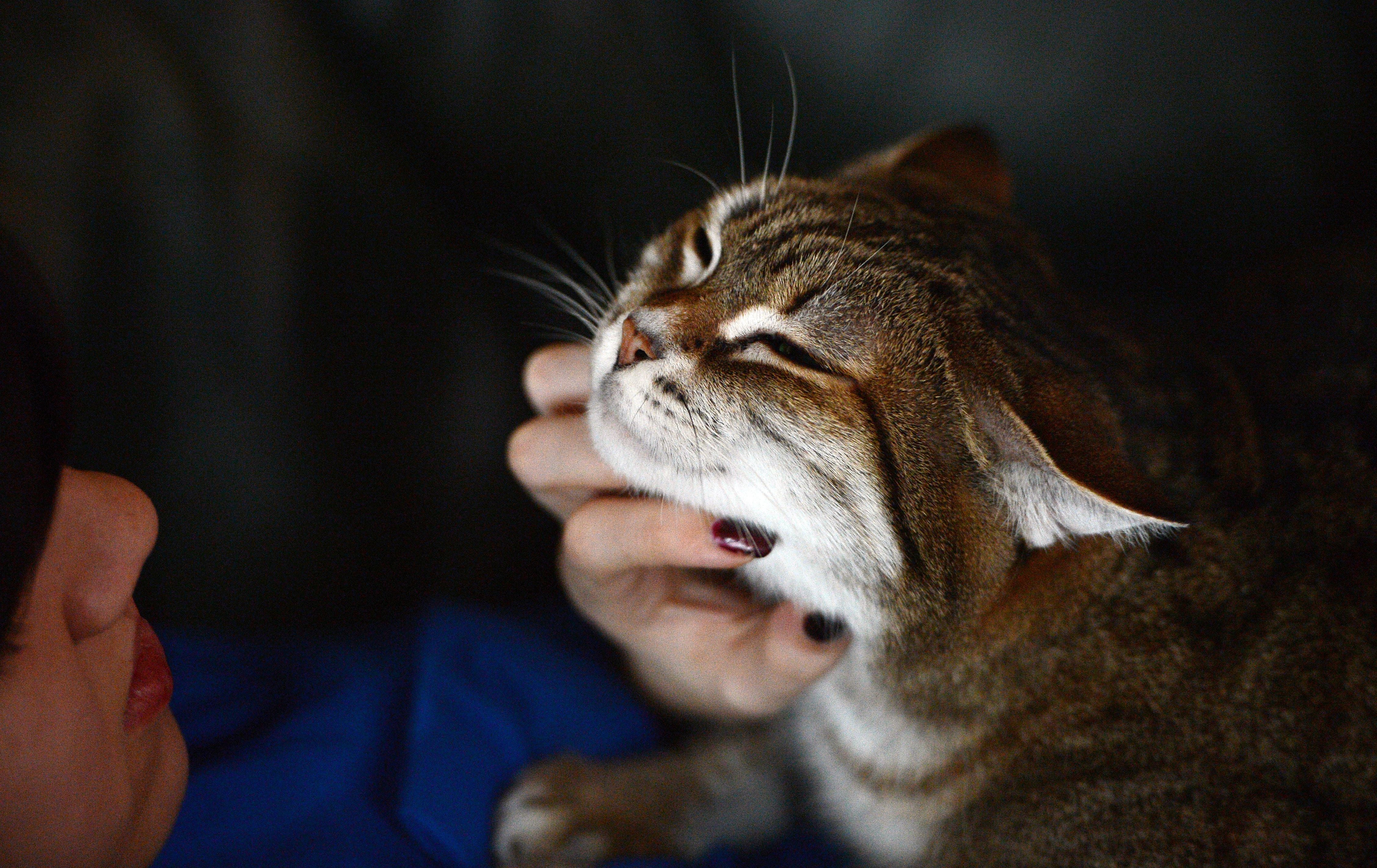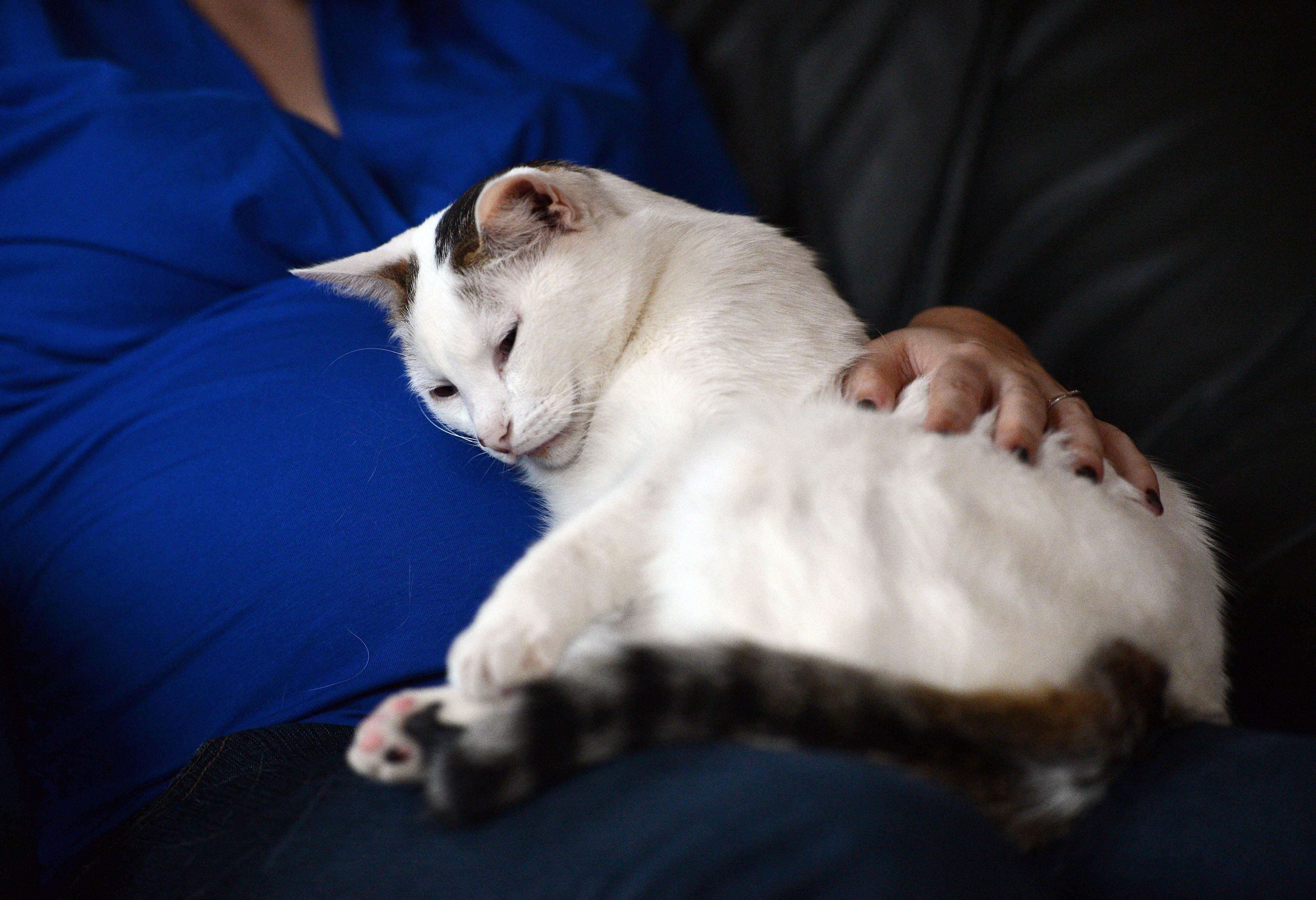Cats with a gene type associated with mixed breeds may purr more at their human companions than those without, according to a new study.
The findings shed more light on the genetic basis of purring and communication in cats, say researchers from Kyoto University in Japan.
Domesticated cats are social animals that communicate with other felines and humans. One way in which cats express themselves is through soft purrs, produced by a special mechanism in the vocal folds within the larynx.
The purring sounds are made by relaxation of muscles in the vocal folds that require constant control from the brain via nerves.
Some studies suggest that since kittens are born blind and deaf, they use purring vibration to communicate with their mother and littermates.

While previous research indicates that purring may have evolved as a beneficial trait for feline communication, its exact function remains unclear.
The latest study, published in the journal PLoS One, conducted a behaviour assessment of 280 cats, which were spayed or neutered mixed breeds kept in their owners’ homes.
Researchers collected DNA samples and analysed specifically the androgen receptor gene, comparing this to its version in other feline species.
“When we called for participants, we were moved to receive responses from 265 cat owners from across Japan in just a single day, and received kind messages,” Yume Okamoto, first author of the study, said.
The findings strongly point to a genetic basis for both purring and vocal communication in cats.
Scientists found that cats with the short-type androgen receptor gene seemed to show higher owner-assessed purring than those with the long-type gene.
Male cats with the short-type gene exhibited higher vocalisation towards humans, indicating the gene’s connection to vocal communication, according to the study.

In comparison, female cats with the short-type gene displayed higher stranger-directed aggression.
The results indicate that there is less importance of vocal communication in cats raised by humans since kittenhood, which mostly happen to be pure-breed cats.
On the contrary, many mixed-breed cats and rescues included in the study tended to meow more.
This is in line with previous findings that pure-breed cats are more likely to carry the long-type gene than mixed-breed cats.
Among wild feline species closely related to domesticated cats, the leopard cat and the fishing cat both possess only the short-type gene.
In comparison, domestic cats have longer androgen receptor gene types that are not found in the other species.
Overall, the findings suggest the emergence of these longer genes may have resulted from changes associated with domestication and selective breeding.
Researchers hope the results can help predict house cat behavioural tendencies and facilitate enhanced care to help improve animal welfare.
“Through our research, we hope to deepen our understanding of cats and contribute to building happier relationships between cats and humans,” Dr Okamoto said.




